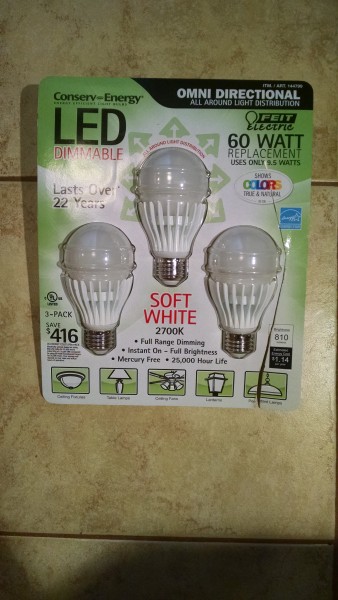Summary:
– Show your friends, especially the ones that don’t totally believe in your LED flickering woes, this well produced primer to LED flicker that was on NPR’s Short Wave podcast last month!
– The Pacific Northwest National Laboratory is working on a document to help lighting manufacturers make LED lighting that won’t drive us crazy… and you can help make it great!
__________________________________________________
Hi, it’s Lee,
You’re receiving this because you and I have chatted about the increasing problem of flickering lights in the world. Most of you are directly bothered by flicker in automotive, residential, and commercial settings. Some have just told me that you’re an ally. Some of you I haven’t spoken to in years, others we’ve chatted in the past few weeks.
I think most of you will agree that with the increased adoption of LED lighting and its obvious benefits, there has also been a huge increase in the problem of flicker. For myself, I’ve noticed how just a few years ago, bothersome flickering running lights used to be only seen on a few automobile models (oh Cadillac, I’m talking about you!) now, more than a third of new cars I see on the road have crazy-disco-strobe running lights and horridly distracting daytime running lights!
That happily brings me to the reason I’m messaging you! Two weeks ago, the lighting scientist I’m allied with, Naomi Miller was a guest on NPR’s science podcast, Short Wave. Read and listen here: It’s Not Just You: Christmas Lights Look Different Now, And Can Give You Headaches. She and the hosts talk in very practical terms about flicker and some things people can do to fight back. You can feel good about forwarding this article to that friend of yours that doesn’t believe you!
Naomi talks about it briefly in the article: her group at the Pacific Northwest National Laboratory is working with the Illuminating Engineering Society to write a document that will hopefully become a standard to tell manufacturers what makes a good or bad lighting waveform, and how they can build those bulbs. Naomi has given me a snippet of those preliminary guidelines that, quite literally, needs some eyes on it!

(Don’t worry if you can’t decipher it completely!)
It’s possible the flicker guideline they’re creating will protect most people, but then again, maybe not! That’s why it’s a preliminary document! Will it protect YOU? Would you like to help figure it out? There’s some work to be done, and having flicker-sensitive eyes on the project will help a lot! If you want to be involved, please reply!
I’ll send another update in a month or two to keep you updated about the wonderful world of flicker.
Best regards and Happy New Year,
Lee Sonko
lee.org/flicker





